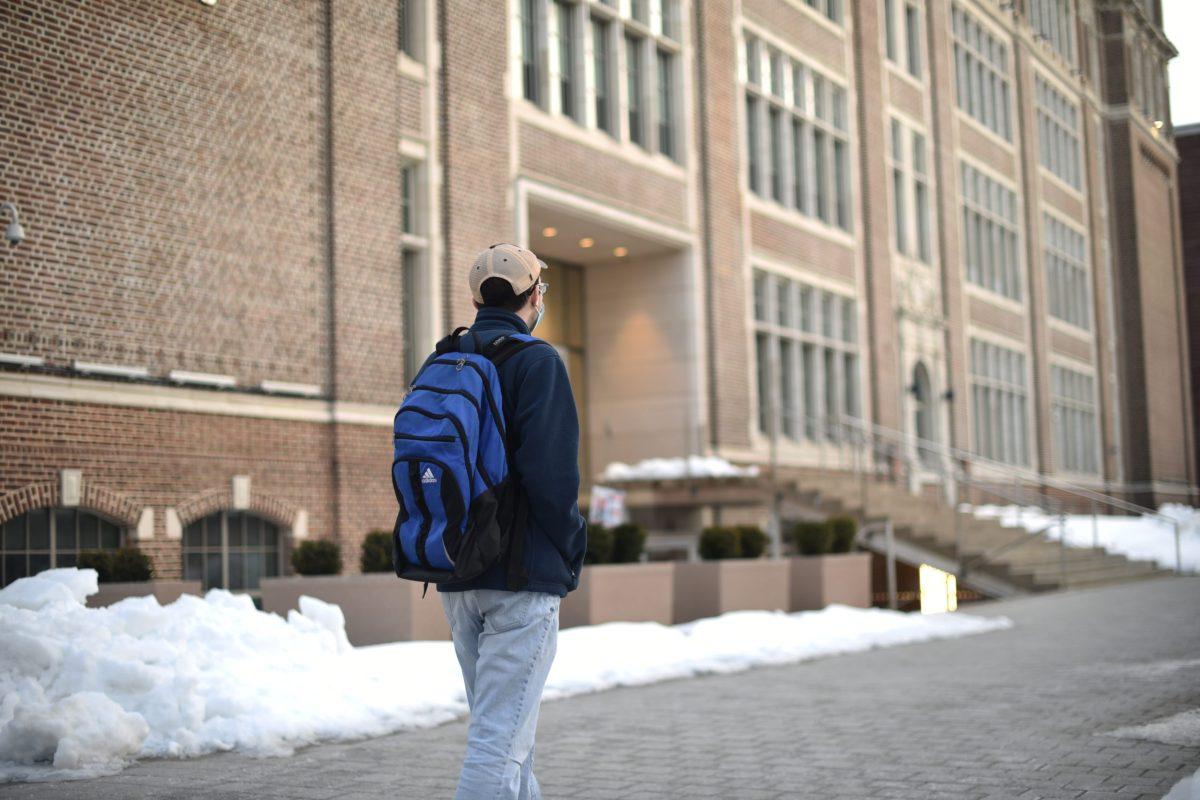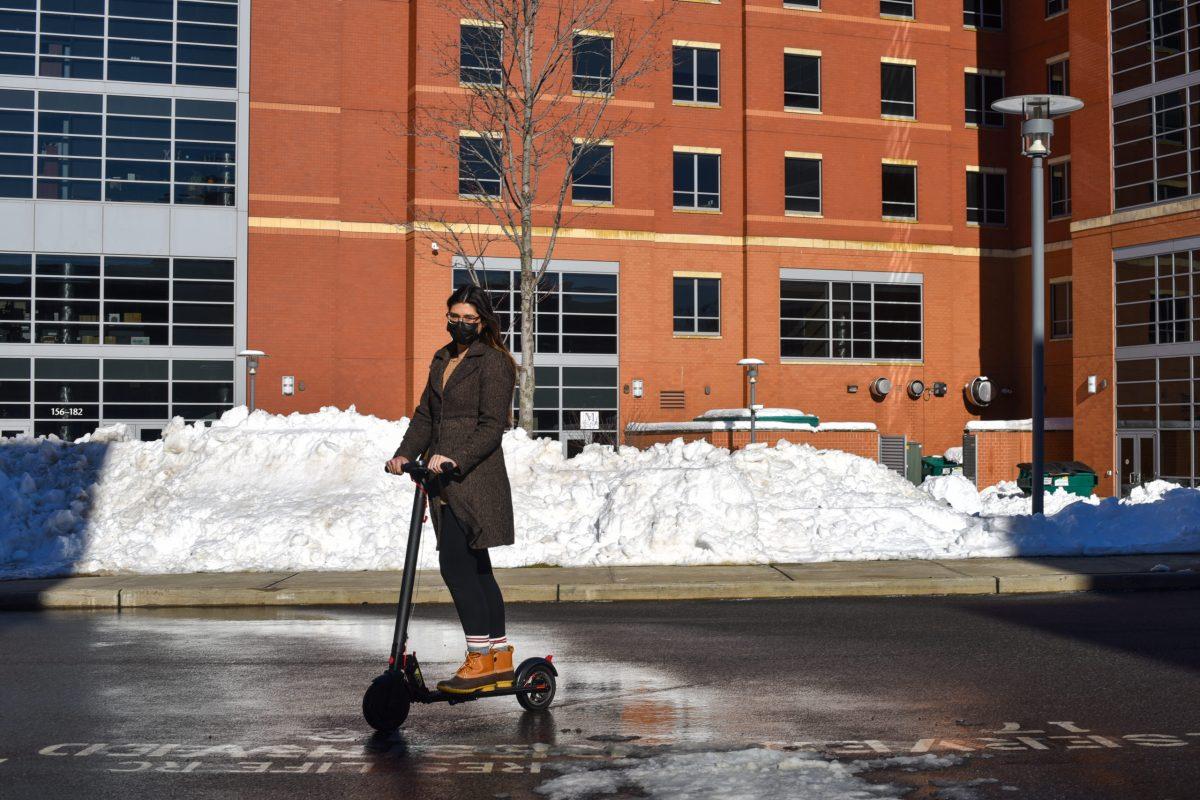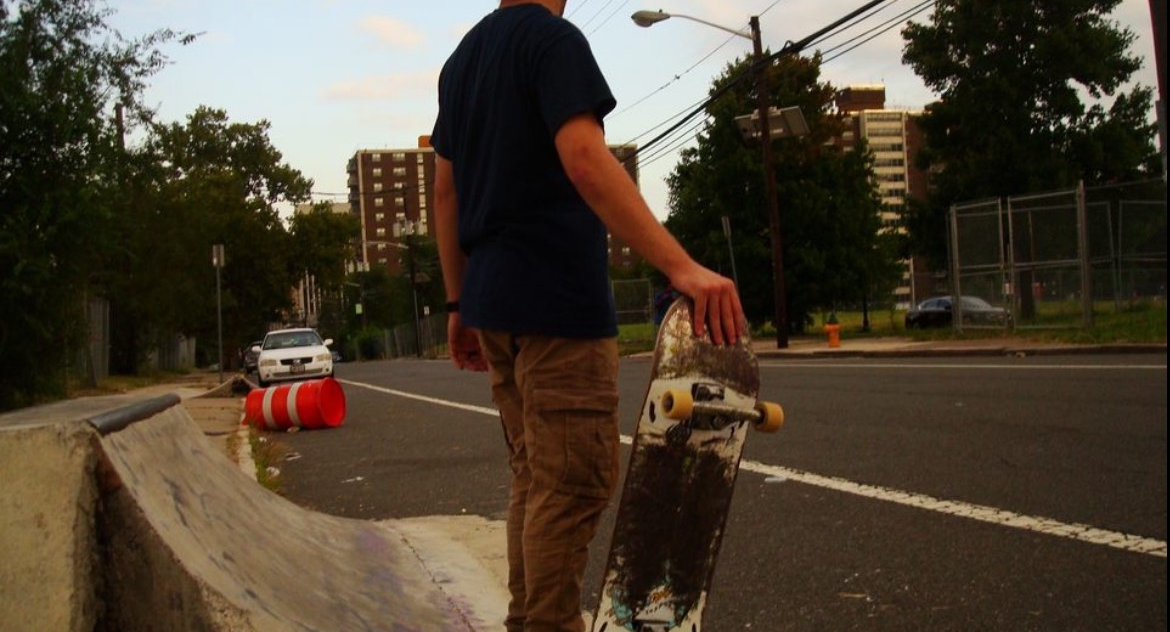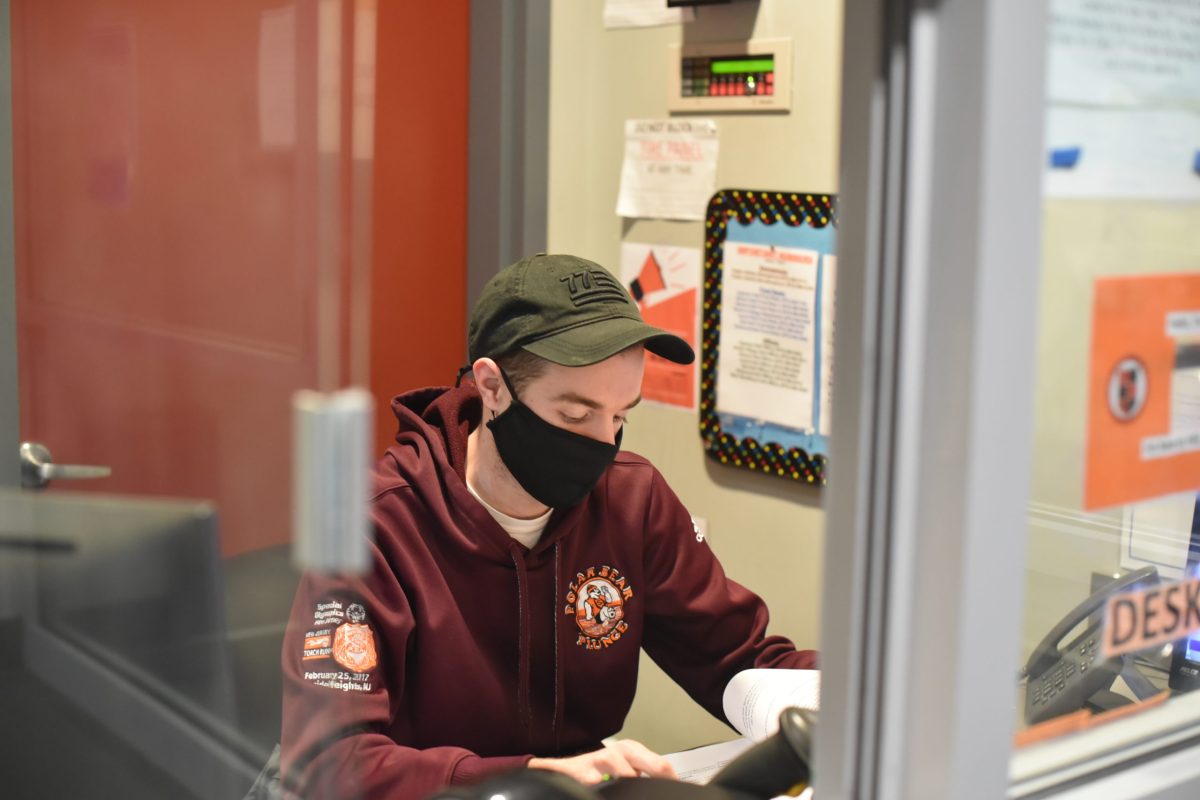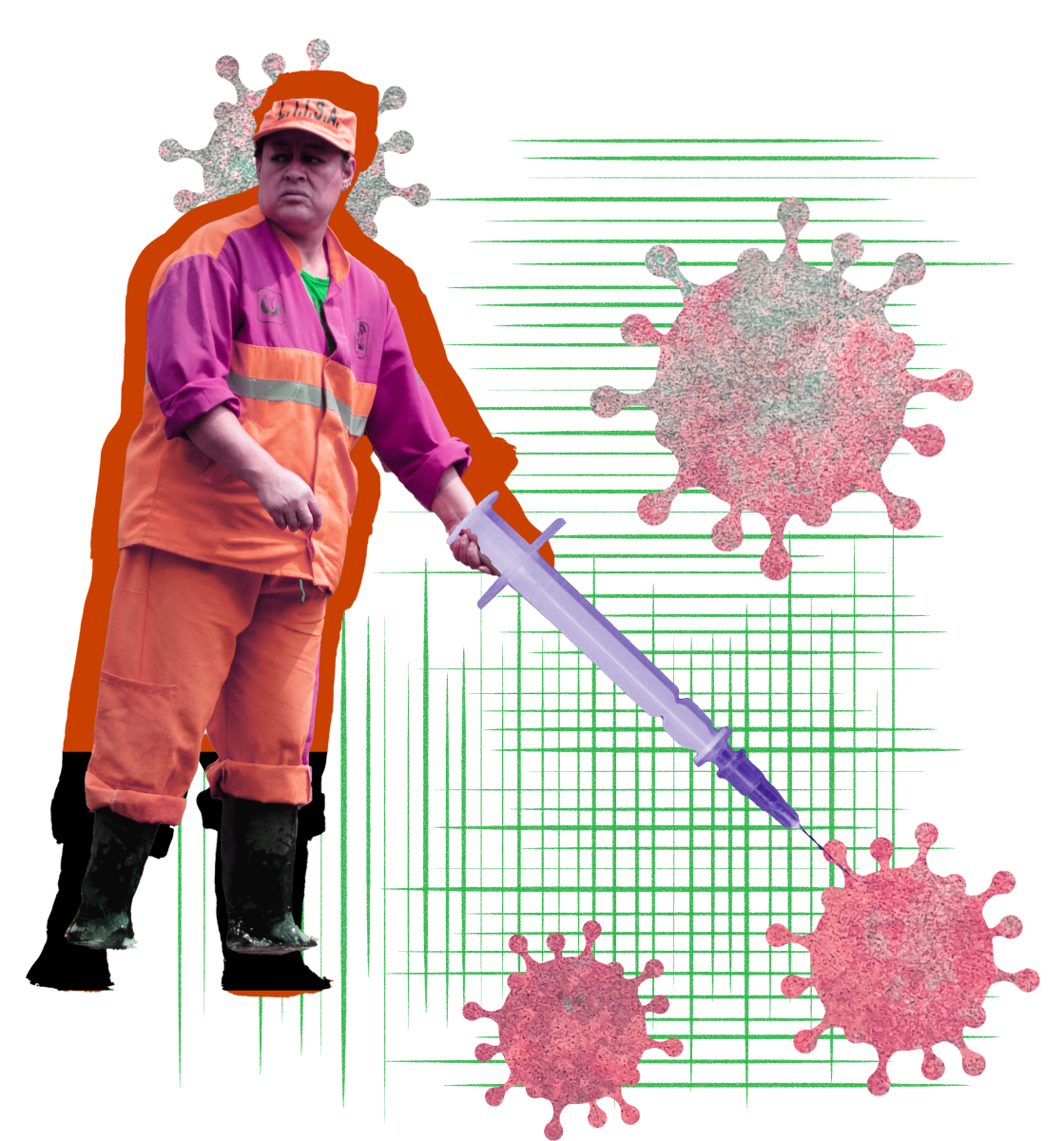Escapism is an integral part of any type of entertainment. From movies to books to musicals, we as people like an escape from reality that can give everyone the happy ending they want in life, and have some fun on the way. Musicals of the 1920s and 1930s are just one example of this, but for theater junkies, they are a great outlet for the aforementioned escapism, providing simple plots, with great show tunes and good laughs on the way.
Cheesy, melodramatic, funny and full of great dance sequences, “The Drowsy Chaperone,” most recently performed by The Rutgers-NJIT Theatre Program is a modern musical that echoes and spoofs the ideas of escapism and Broadway in general in the best of ways. With an outstanding cast and crew, the performance in NJIT’s very own Jim Wise Theater was a great way to take a quick escape from reality and work, and have some fun along the way.
Originally performed in 1998, the show still has relevant jokes about Broadway in general, that any hardcore Broadway fanatic will be sure to catch. For the rest of us, there is still plenty of fun to be had, from slapstick comedy to cartoonish characters, to big dance numbers and outstanding singing.
Told by the hilariously bisexual “Man in Chair,” the plot of “The Drowsy Chaperone” revolves around a man, in a chair, who listens to his favorite record of the fictional musical “The Drowsy Chaperone.” As he listens to it, the audience is able to see into his imagination, which visualizes the musical.
It tells the story of two young lovers, Robert and Janet, who are about to get married, but as the bride-to-be is an over talented actress, she has second thoughts about throwing away her career for marriage. Accompanied by her constantly tipsy chaperone and her producer Mr. Feldzieg, who is desperate to stop the marriage, Janet is caught choosing between the man she loves and her career.
As the events of the musical play out, the man in chair cuts away every so often to hilariously interject and make a commentary to the audience about the fate of the fictional actors and actresses, and hints at his attraction to both the lead actor and actress.
By breaking the fourth wall, the musical within a musical is made even better, as each of musical’s songs are used to enhance the typical characters from the 1920s. All of the musical numbers were over-the-top in the best of ways, from an outstanding tap dancing sequence by Robert and his best man George in “Cold Feets,” to the wonderfully sung solos by Janet and The Drowsy Chaperone “Bride’s Lament” and “As We Stumble Along” respectively, to the comical “Aldolpho.”
The musical plot aside, the sheer talent of the Rutgers-NJIT Theatre program was on full display, with amazing singing and dancing skills on display. And so, it is great to see that an escapist musical like “The Drowsy Chaperone” is able to be performed at NJIT, and give students both on and off stage a quick break from reality. The work of the entire cast and crew is commendable, and I, as a student can only wait to see how they top this performance with the next musical.
Photos by Sean Slusarz































